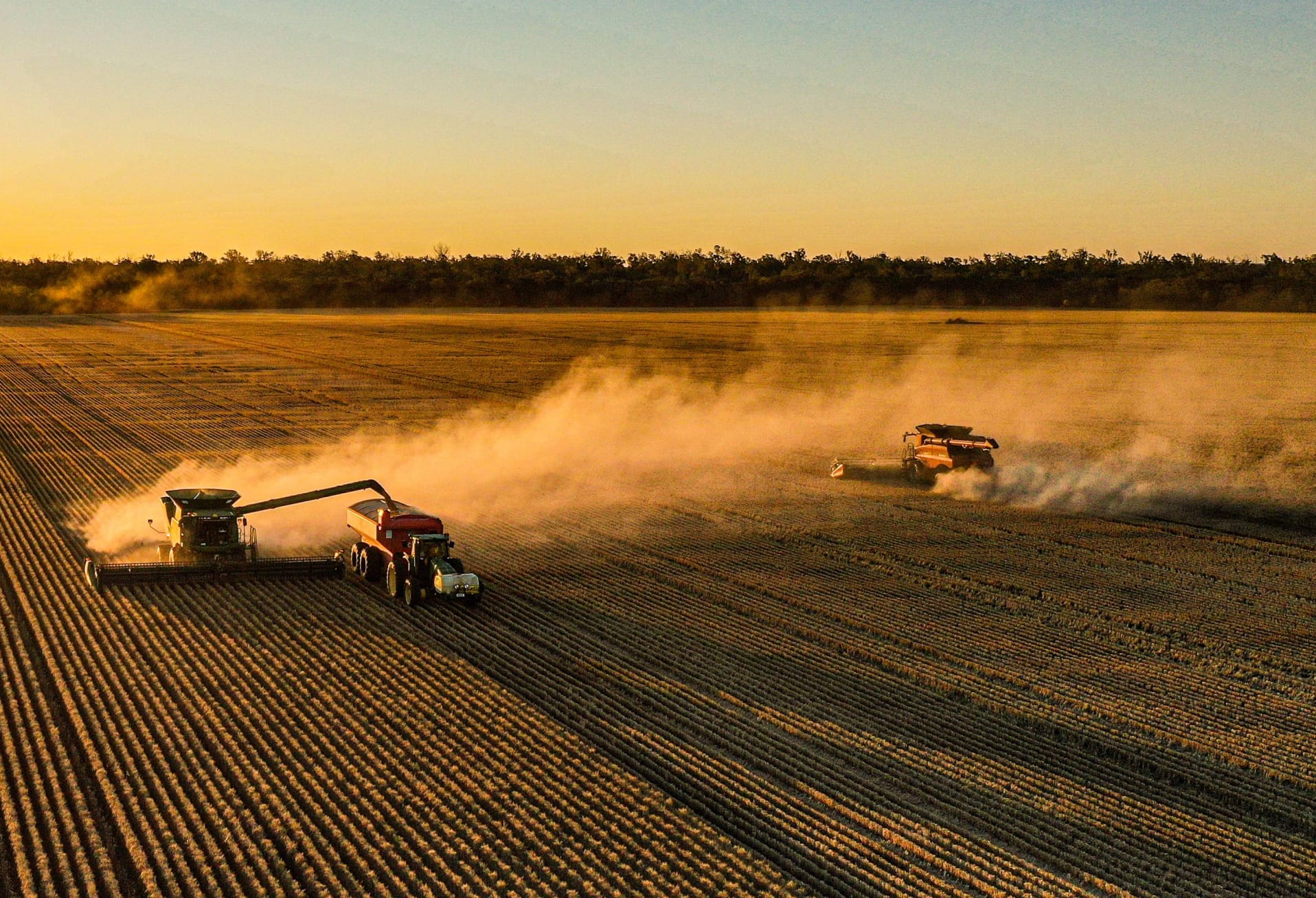With the dry start pushing back sowing dates for paddocks unable to be dry sown, several growers have asked: “What should we do with the seed and fertiliser rates?”
While soil type, variety and plant available water will invariably need to be considered when making sowing rate decisions, a basic understanding of plant physiology and soil biology can help.
When sowing in April, soils are often warm (>18 degrees). Under these conditions phosphorus (P) can be mineralised more efficiently and emerging cereal crops will tiller vigorously. Subsequently seeding rates can be reduced.
Conversely, when sowing in late May/early June, soils are usually cooler (
With this in mind, you would assume that increasing seeding rates and ensuring fertiliser rates were either adequate or higher, would go some way towards helping later sown crops compensate.
CSIRO researcher Dr James Hunt supports this theory.
“Generally, the later you plant, the greater the need to increase seeding rates,” he said.
“It doesn’t matter if it’s dry or not, higher plant populations use more water early; but they also reduce evaporation and compete better with weeds.
“Low plant populations are good if you are sowing early into stored soil water, particularly if you have high N.”
At this year’s GRDC Updates, Dr Hunt said the results from sowing date trials carried out at Lake Bolac (high rainfall), Temora (medium rainfall) and Condbolin (low rainfall) showed that at later sowing times there was either no effect on plant density or a negative effect from having low plant numbers.
“And in the vast majority of seeding rate experiments, there is no effect of density on yield,” he said.












